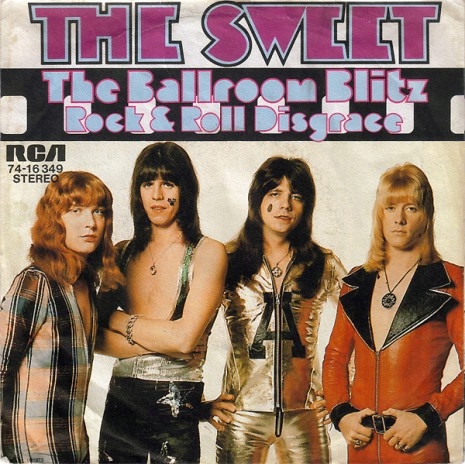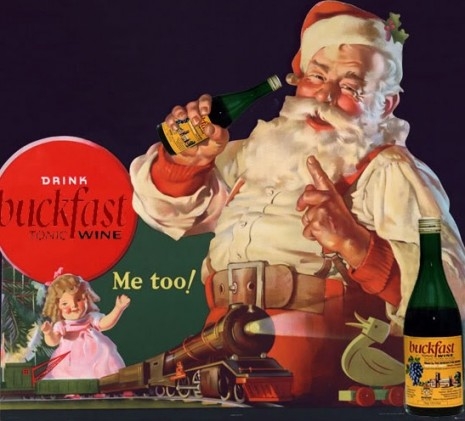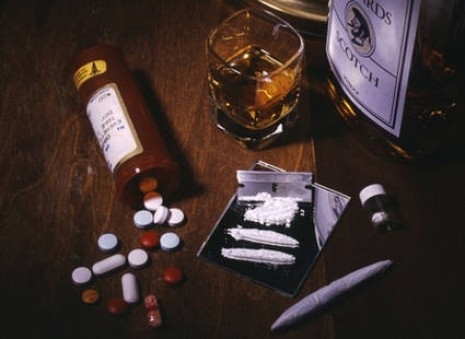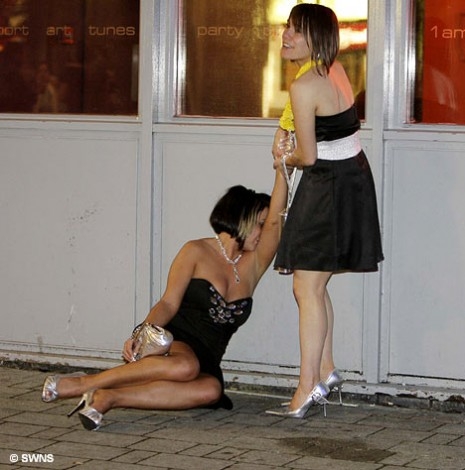
It was art out of chaos. Pop art. The Sweet‘s “Ballrooom Blitz”, Glam Rock’s catchiest, trashiest, most lovable song, came from a riot that saw the band bottled off the stage, at the Grand Hall, Palace Theater, Kilmarnock, Scotland, in 1973. Men spat, while women screamed to drown out the music. Not the response expected for a group famous for their string of million sellers hits, “Little Willy”, “Wig-Wag Bam” and the number 1, “Block Buster”.
Why it happened has since led to suggestions that the band’s appearance in eye-shadow, glitter and lippy (in particular the once gorgeous bass player Steve Priest) was all too much for the hard lads and lassies o’ Killie.
It’s a possible. Priest thinks so, and said as much in his autobiography Are You Ready Steve?. But it does raise the question, why would an audience pay money to see a band best known through their numerous TV appearances for their outrageously camp image? Especially if these youngsters were such apparent homophobes? Moreover, this was 1973, when the UK seemed on the verge of revolution, engulfed by money shortages, food shortages, strike action, power cuts and 3-day-weeks, and the only glimmer of hope for millions was Thursday night and Top of the Pops.
Another possible was the rumor that Sweet didn’t play their instruments, and were a manufactured band like The Monkees. A story which may have gained credence as the band’s famous song-writing duo of Nicky Chinn and Mike Chapman, preferred using session musicians to working with artists.
The sliver of truth in this rumor was that Sweet only sang on the first 3 Chinn-Chapman singles (“Funny, Funny”, “Co-Co” and “Poppa Joe”). It wasn’t until the fourth, “Little Willy” that Chinn and Chapman realized Sweet were in fact far better musicians than any hired hands, and allowed the band to do what they did best - play.
True, Chinn and Chapman gave Sweet their Midas touch, but it came at a cost. The group was dismissed by self-righteous music critics as sugar-coated pop for the saccharine generation. A harsh and unfair assessment. But in part it may also explain the audience’s ire.
In an effort to redefine themselves, Sweet tended to avoid playing their pop hits on tour, instead performing their own songs, the lesser known album tracks and rock covers. A band veering from the songbook of hits (no matter how great the material) was asking for trouble. As Freddie Mercury proved at Live Aid, when Queen made their come-back, always give the audience what they want.
Still, Glam Rock’s distinct sound owes much to Andy Scott’s guitar playing (which has been favorably compared to Jimmy Page and Jeff Beck), Steve Priest’s powerful bass, and harmonizing vocals, and Mick Tucker’s inspirational drums (just listen to the way he references Sandy Nelson in “Ballroom Blitz”). Add in Brian Connolly’s vocals, and it is apparent Sweet were a band with talents greater than those limned by their chart success.
So what went wrong?
If ever there was a tale of a band making a pact with the Devil, then the rise and fall of Sweet could be that story. A tale of talent, excess, fame, money, frustration and then the decline into alcohol, back-taxes, death and disaster. Half of the band is now tragically dead: Connolly, who survived 14 heart attacks caused through his alcoholism, ended his days a walking skeleton, touring smaller venues and holiday camps with his version of Sweet; while the hugely under-rated Tucker sadly succumbed to cancer in 2002.
The remaining members Priest and Scott, allegedly don’t speak to each other and perform with their own versions of The Sweet on 2 different continents. Priest lives in California, has grown into an orange haired-Orson, while Scott, who always looked like he worked in accounts, is still based in the UK, and recently overcame prostate cancer to present van-hire adverts on the tube.
This then is the real world of pop success.
I doubt they would ever change it. And I doubt the fans would ever let them. So great is the pact with the devil of celebrity that once made, one is forever defined by the greatest success.
Back to that night, in a theater in Kilmarnock, when the man at the back said everyone attack, and the room turned into a ballroom blitz. Whatever the cause of the chaos, it gave Glam Rock a work of art, and Sweet, one of their finest songs.
Bonus ‘Block Buster’ plus documentary on Brian Connolly, after the jump…










